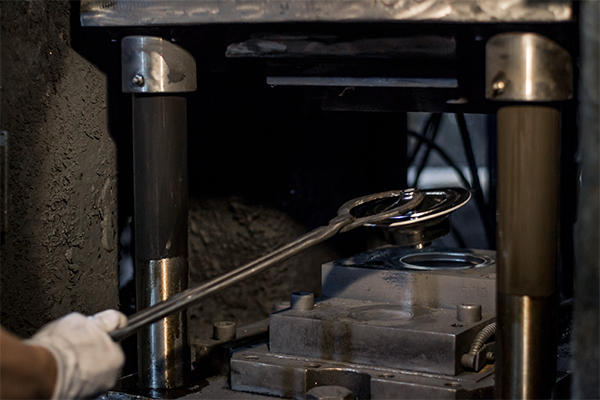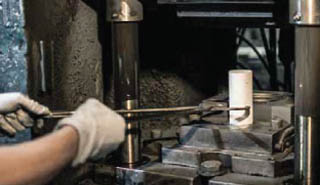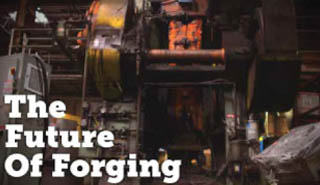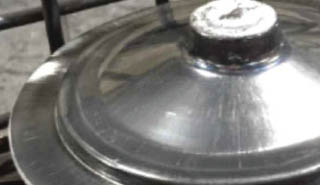Many think of forging as an outdated process, imagining scenes of blacksmiths hammering hot iron against an anvil in a dark shed. Some may have seen drawings of forge works as examples of the dawn of the industrial revolution. Scenes of rough and brawny men feeding red hot ingots into the maw of a great, gasping steam hammer are often depicted in history books. In the 21st century manufacturing environment, those scenes are long gone although the forging process, shaping metal with heat and pressure has remained largely the same as it has for centuries. Today, forging is not outdated, it is a process essential to producing components that are used in the machinery we rely on every day.
Industrial forged parts are produced to become the critical components in a wide variety of equipment where conditions require durability and resilience, where failure would result in catastrophic consequences. The foundation of applying thermal and deformation energies along with current technologies of metallurgy and material characterization have made forging a technology as necessary today as it has been for the past thousand years.
The past century has been an era of the invention of many new material processes and production methods. Each has evolved to address certain production niches, providing improved economies and efficiencies, providing new design capabilities, providing materials that enhance performance in specific end uses. Many processes will champion the ability to provide performance “near wrought properties”. That means “not quite as good” as forgings. Forging is the method that produces “wrought properties”. Often, the comparisons to “wrought properties” are made versus “standard textbook” values that were established as long as 100 years ago. Just as the new material processes have advanced, so forging has also advanced, improving metallurgical performance to meet the challenges for improved strength, toughness and durability even as weight is reduced. Forging parts with this combination of time-tested and modern methods produces components with greatest properties possible.
Queen City Forging, along with the entire forging industry, has a wealth of knowledge on the forging process and the metallurgy it can produce We seek to educate others to improve our shared understanding about the many variables that are part of the forging process and the way the products we make can serve the needs of machine designs yet to be invented.














